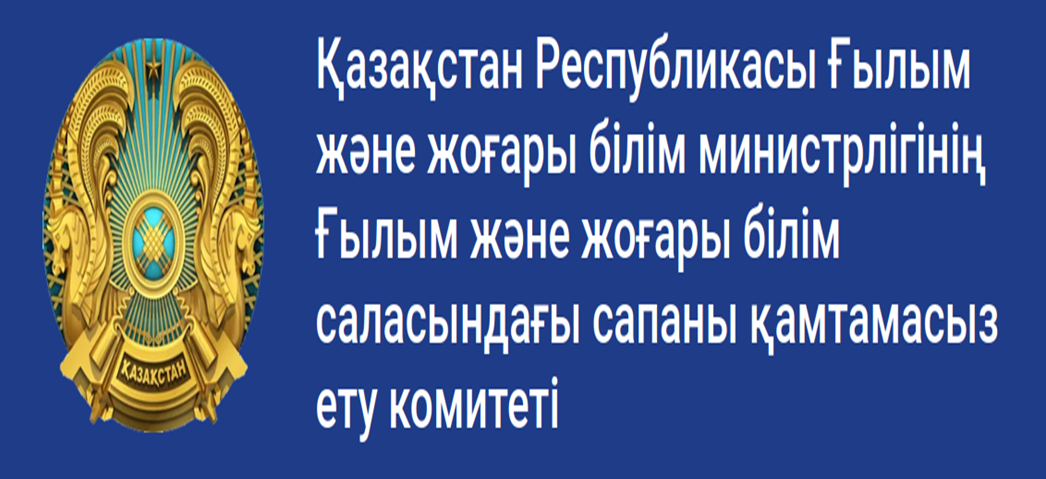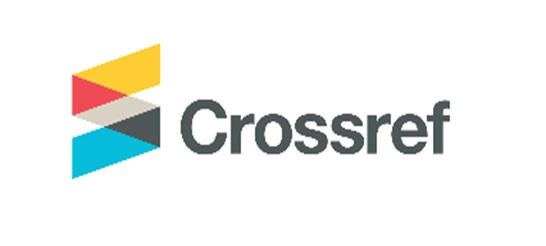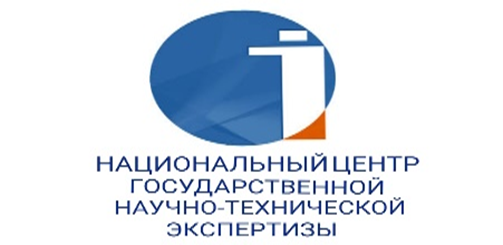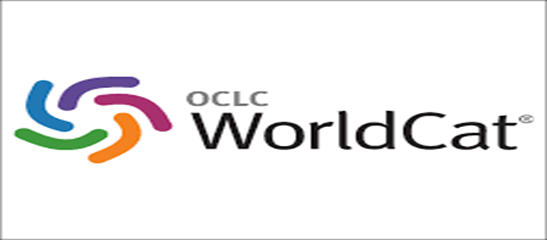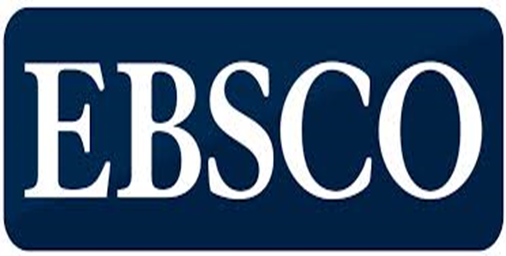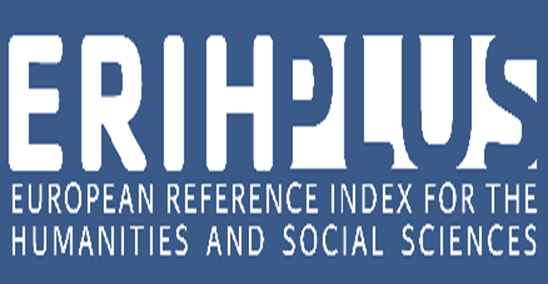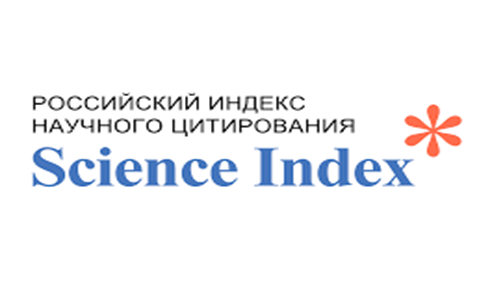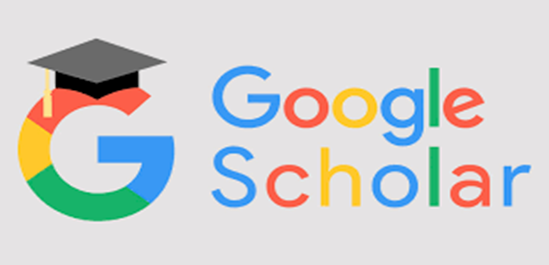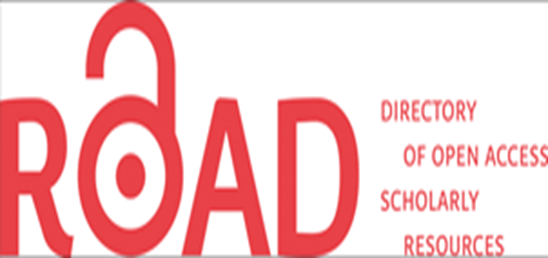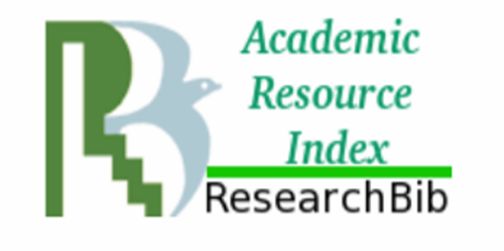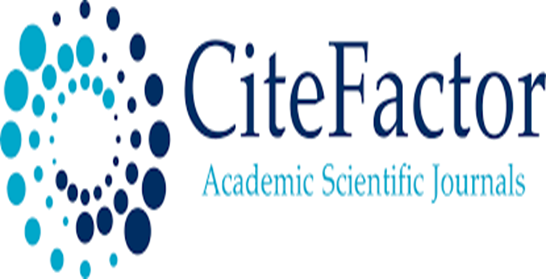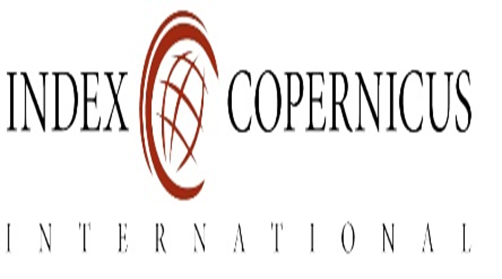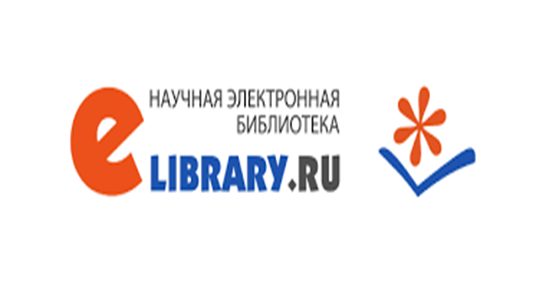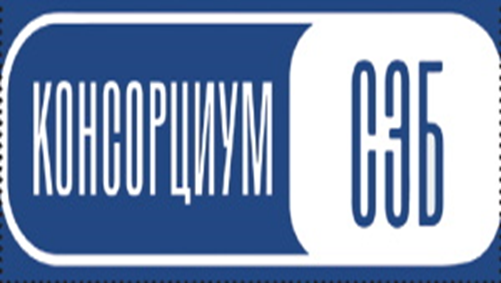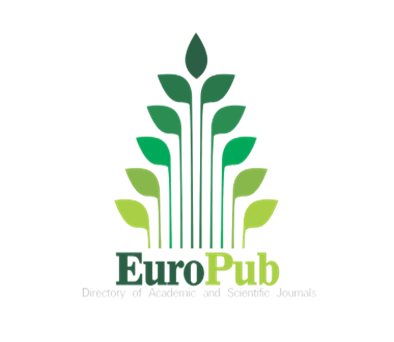Desemantization of the Old Turkic khan, baj, beg in the modern Kazakh anthroponyms
Views: 323 / PDF downloads: 260
DOI:
https://doi.org/10.32523/2664-5157-2023-1-131-144Keywords:
ancient Turkic elements, khan, bek, bai, anthroponym, composite, affixoid, desemantisationAbstract
The lexemes khan, bai, bek of Old Turkic origin are frequent components in modern Kazakh masculine name compounds such as Abilkhan, Adilbek, Kumisbay, etc. During centuries of development with the aforementioned Old Turkic common words denoting a person’s high social, class and material status in Kazakh society, various semantic changes took place. Of particular interest to us
are the processes that take place in their semantics when they function as part of the complex masculine name composites. The most important factor that has influenced the dynamics of semantic processes in these words is an extra-linguistic factor: a change in the socio-economic structure of Kazakh society that led to the loss of statuses, titles and ranks. As a result, the old Turkish nouns became historicisms, which lost their referential and thus also part of their denotative meaning. The second, purely linguistic
factor was the semantic-grammatical nature of the first component of the compound name, which also significantly determined the processes in the semantics of the Old Turkic elements. Thus, in the complex two-part names with the first component – the name of a person according to a certain parameter – there is an additional desemanticisation of the Old Turkic elements due to the semantic redundancy (the repetition of the sem «person»), for example: Zholdaskhan, Dosbay. In combination with the animal names, these elements actualise the semes ‘man’, ‘baby’, ‘male’, having an identifying rather than a nominative function and therefore becoming a unit of the transitional type affixoid. In combination with the toponyms, numerals and adjectives, the old Turkic elements are desemanticised, undergo the process of affixoidisation and now function as signs for the name of a male person. The desemanticisation of the listed Old Turkic elements contributed to their preservation in the active fundus of the Kazakh language in a new, identifying function as part of complex anthroponyms.
Downloads
Reference
Гак В. Г., 2003. Пределы семантической эволюции слов // Русский язык сегодня. Под ред. Л. П. Крысина. Москва. Вып. 2. С. 88-97.
ДТС – Древнетюркский словарь, 2016. Под ред. Д.М. Насилова, И.В. Кормушина и др.; 2-е изд., пересмотр. Астана: «Ғылым» баспасы. 760 с.
Есипова А.В., 2011. Тюркское словообразование как языковая система. Новосибирск: Изд-во СО РАН. 201 с.
Жанұзақов Т.Д., 1989. Есіміңіз кім? Ваше имя? Алматы: Қазақстан. 192 б.
Жанұзақов Т.Д., 1976. Основные проблемы ономастики казахского языка: автореферат дисертации доктора филологических наук. Aлмa-Aта. 129 с.
Жубанов Х., 1966. Исследования по казахскому языку. Aлма-Aтa. 361 с.
Караулов Ю.Н., 2008. Русский язык: Энциклопедия. Москва: Наука.
Кубрякова Е.С., 1978. Части речи в ономасиологическом освещении. Москва: Наука. 115 с.
Махмудов Х.Х., 1988. Краткий очерк грамматики казахского языка // Казахско-русский словарь. Алма-Ата: Главная редакция Казахской советской энциклопедии. С. 409–463.
Никонов В.А., 1988. География фамилий. Москва: Наука. 192 с.
Нурмагамбетов А., 1990. Этимология некоторых прилагательных, образованных при помощи показателя -дай // Проблемы этимологии тюркских языков. Алма-Ата: Ғылым. С. 205–211.
Оралбай Н., 2002. Қазақ тілінің сөзжасамы. Алматы. 192 б.
Рахимова А.Р., 2013. Аффиксальный способ образования тюркских лексем, характеризующих человека. Ученые записки Казанского университета. Т. 155, кн. 5. Гуманитарные науки. С.152–165.
Розенталь Д. Э., Теленкова М. А., 1985. Словарь-справочник лингвистических терминов. 3-е изд., испр. и доп. Москва. 400 с.
Сураган А., Ергалиев К., 2022. Сан негізді этнографизмдердің семантикалық ерекшелігі // Язык и литература: теория и практика. №1. С.8-18.
Сүтжанов С., 2022. Алаш жəне Ахмет // Язык и литература: теория и практика. №2. С. 85-88.
Темербаева А.М., 2013. Морфологический способ образования экспрессивно-стилистических значений антропонимов (на материале русского, казахского и турецкого языков). Вестник КазНУ. Серия востоковедения. №2 (63). С. 106-109.
Хуснутдинов Д.Х., Сагдиева Р.К., 2018. Словообразованиe татарских имён // Тюркская ономастика: от истоков до современности: материалы Международной научно-практической конференции / под ред. Г.Р. Галиуллиной. Казань: Изд-во Казан. ун-та. С. 267-271.
Шаймердинова Н.Г., 2022б. Корневая морфема в древнетюркском языке. Turkic Studies Journal. 1 Vol.1 (4). P. 95-108.
Шанский Н.М., 1968. Очерки по русскому словообразованию. Москва: Изд-во Московского университета. 312 с.
Shaimerdinova N.G., 2022а. The word-formation potential of affixes in the ancient Turkic runic texts. Turkic Studies Journal. Vol. 4. No 3. P. 118-127. DOI: http://doi.org/10.32523/2664-5157-2022-3-118-127






